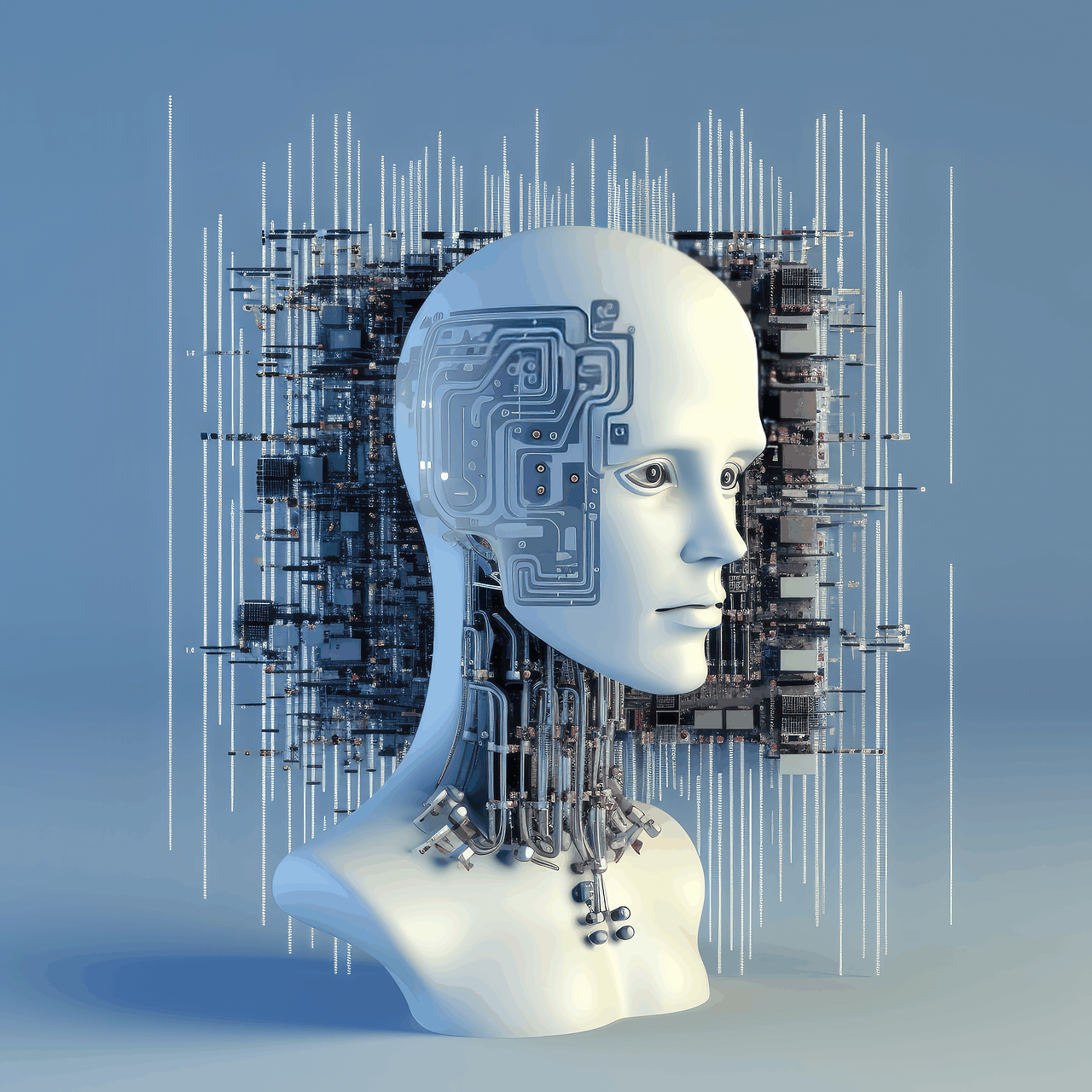Introduction:
Computer Vision has evolved significantly over the years, with the development of robust algorithms and frameworks that enable machines to interpret and understand visual information. Two prominent players in the field are YOLOv8 (You Only Look Once version 8) and OpenCV (Open Source Computer Vision Library). In this article, we will delve into the intricacies of these two technologies, exploring their strengths, weaknesses, and use cases to provide a comprehensive comparison.
YOLOv8 Overview:
You Only Look Once (YOLO) is a family of object detection algorithms that gained popularity for its speed and accuracy. YOLOv8, the latest iteration in the series, focuses on real-time object detection across a wide range of applications. The key characteristics of YOLOv8 include:
- Single Forward Pass:
YOLOv8 employs a single neural network to predict bounding boxes and class probabilities simultaneously. This allows for faster inference compared to traditional two-stage methods. - Anchor Boxes:
YOLOv8 utilizes anchor boxes to improve accuracy by handling object size variations. These anchor boxes act as templates for different object sizes during training and inference. - Versatility:
YOLOv8 is versatile and can be fine-tuned for various domains, making it suitable for applications like autonomous vehicles, surveillance systems, and industrial automation.
OpenCV Overview:
OpenCV, on the other hand, is an open-source computer vision and machine learning library that has been a stalwart in the field for years. It provides a plethora of tools and functions for image and video analysis, making it a popular choice for developers and researchers. Key features of OpenCV include:
- Wide Range of Algorithms:
OpenCV covers a broad spectrum of computer vision tasks, including image processing, feature detection, object recognition, and machine learning. Its extensive collection of algorithms makes it a comprehensive toolkit for various applications. - Community Support:
Being an open-source project, OpenCV benefits from a large and active community. This results in regular updates, bug fixes, and continuous improvements, ensuring that developers have access to the latest advancements in computer vision. - Cross-Platform Compatibility:
OpenCV is designed to be cross-platform, supporting various operating systems, including Windows, Linux, and macOS. This flexibility allows developers to create applications that run seamlessly on different platforms.
Comparison:
- Object Detection Performance:
YOLOv8 is specifically designed for real-time object detection, offering impressive accuracy and speed. Its single-pass architecture allows for efficient processing of video streams and large datasets. On the other hand, OpenCV provides object detection capabilities through methods like Haar cascades and HOG (Histogram of Oriented Gradients). While OpenCV is versatile, YOLOv8 often outperforms it in terms of speed and accuracy for real-time applications. - Ease of Use:
OpenCV is renowned for its ease of use, making it a popular choice for beginners and experienced developers alike. Its simple API and extensive documentation facilitate rapid development. YOLOv8, while powerful, may require more effort and understanding of neural networks for effective implementation. The learning curve can be steeper for those new to deep learning. - Training and Customization:
YOLOv8 excels in training on custom datasets, allowing developers to fine-tune the model for specific applications. The availability of pre-trained models further simplifies the training process. OpenCV, while versatile, may not offer the same level of customization and fine-tuning for complex tasks. Developers may need to resort to additional frameworks for deep learning if advanced customization is required. - Resource Requirements:
YOLOv8’s real-time capabilities come at the cost of higher resource requirements, particularly in terms of GPU utilization. OpenCV, being a traditional computer vision library, tends to be more resource-efficient and can run on a broader range of hardware configurations. The choice between the two depends on the specific requirements of the application and the available hardware resources. - Community and Support:
OpenCV boasts a vast and active community, ensuring constant updates and support. This community-driven approach enhances the library’s stability and reliability. YOLOv8, being a part of the YOLO family, also has a dedicated community, but it might not be as extensive as OpenCV’s. The level of community support can influence the choice of the framework, especially for long-term projects.
Conclusion:
In conclusion, both YOLOv8 and OpenCV play crucial roles in the field of computer vision, each with its strengths and weaknesses. YOLOv8 excels in real-time object detection applications, providing high accuracy and speed, but it may require more expertise in deep learning. OpenCV, with its extensive set of tools and algorithms, offers a more accessible entry point for developers and covers a wide range of computer vision tasks.
Ultimately, the choice between YOLOv8 and OpenCV depends on the specific requirements of the project, the level of customization needed, and the available resources. For real-time object detection and applications heavily reliant on deep learning, YOLOv8 may be the preferred choice. On the other hand, OpenCV remains a reliable and versatile option for a broader range of computer vision tasks, especially when simplicity and resource efficiency are paramount. Developers should carefully evaluate their project goals and constraints before deciding which framework aligns best with their needs.
